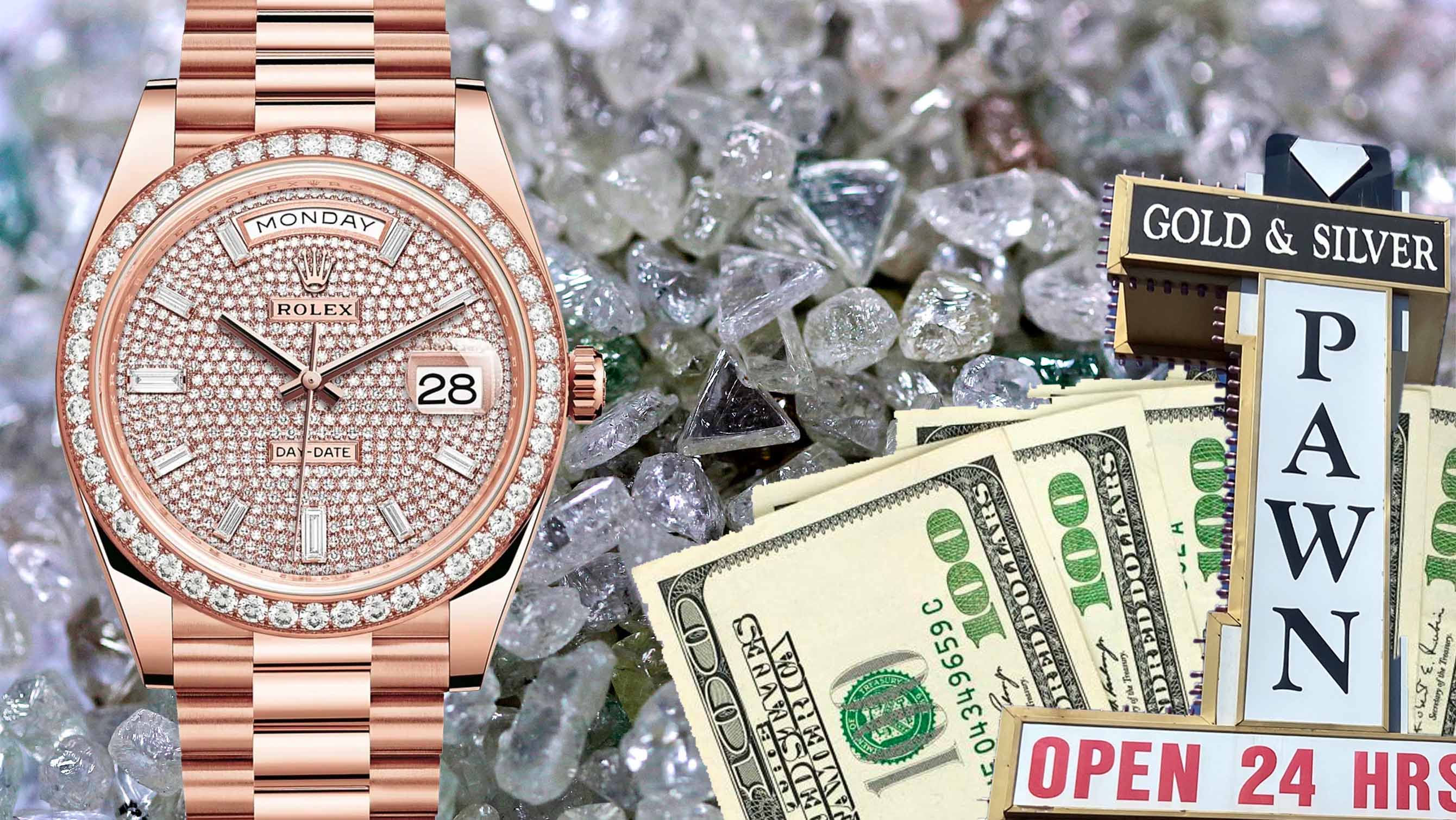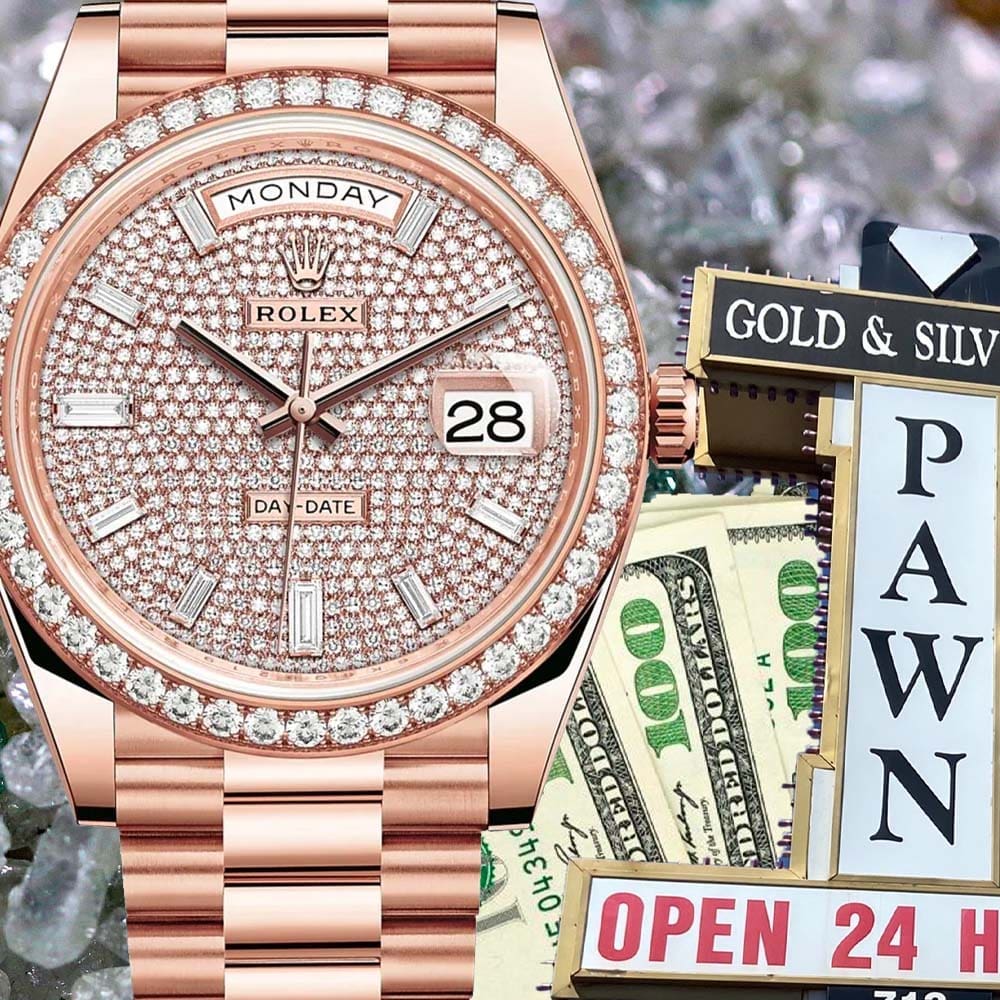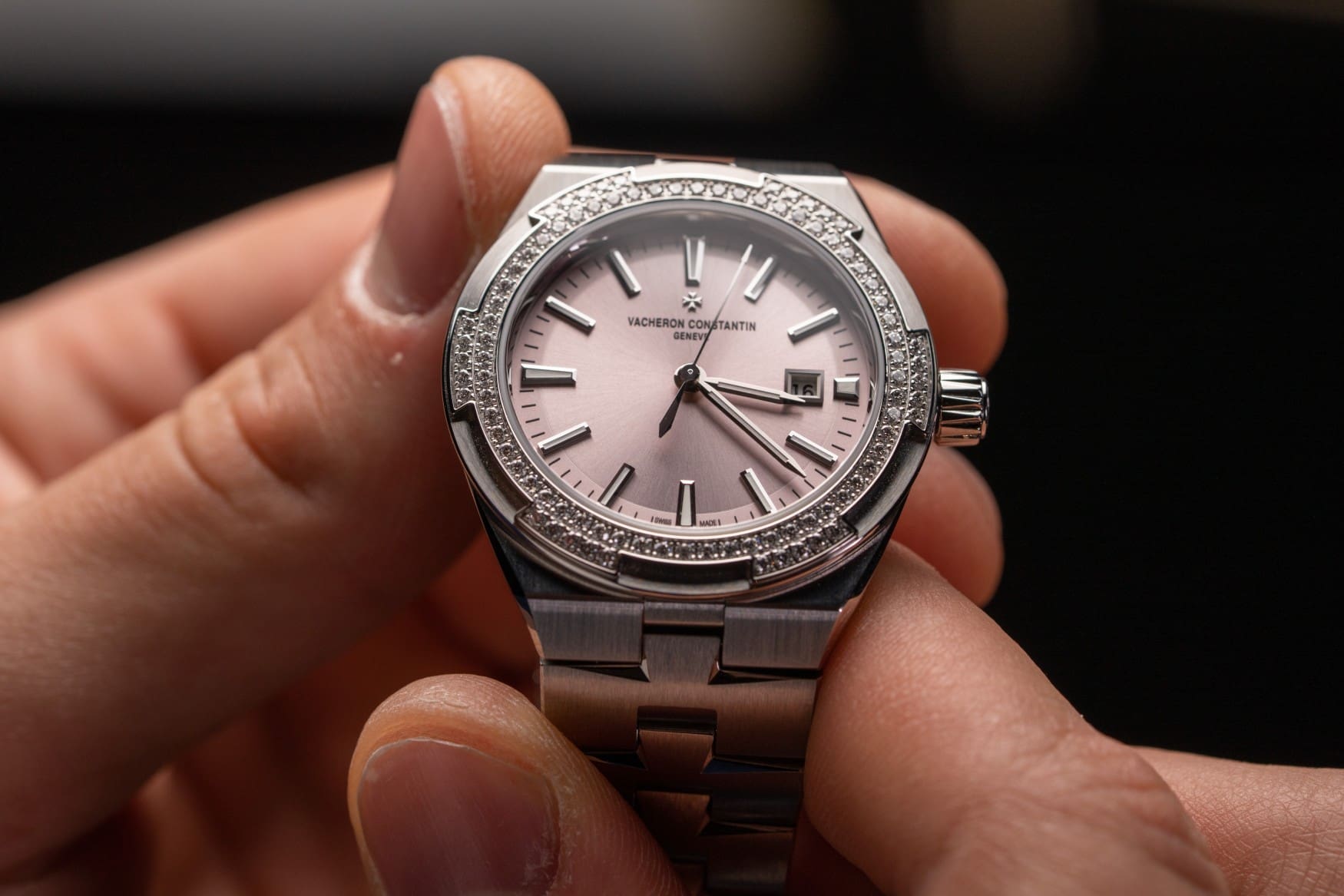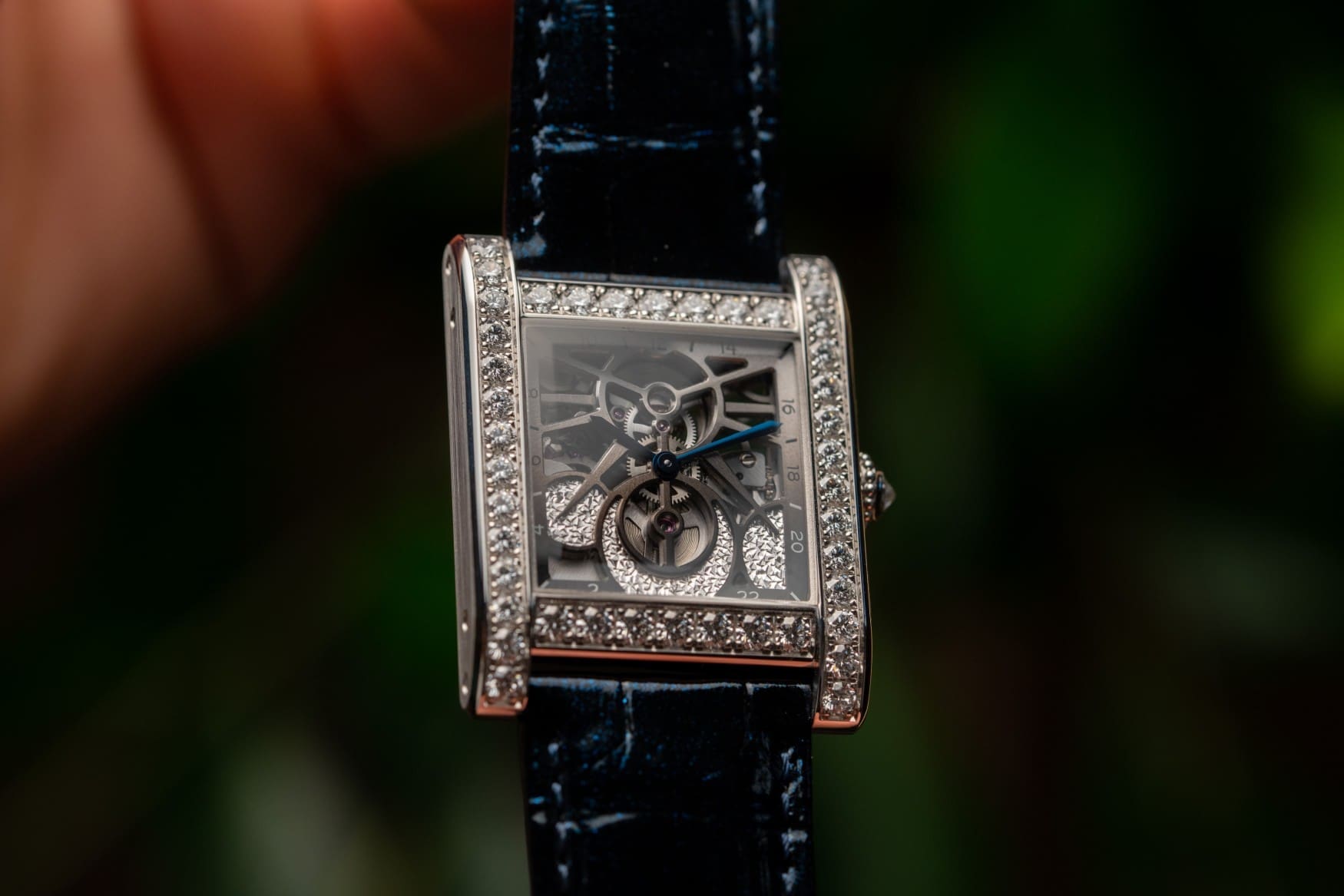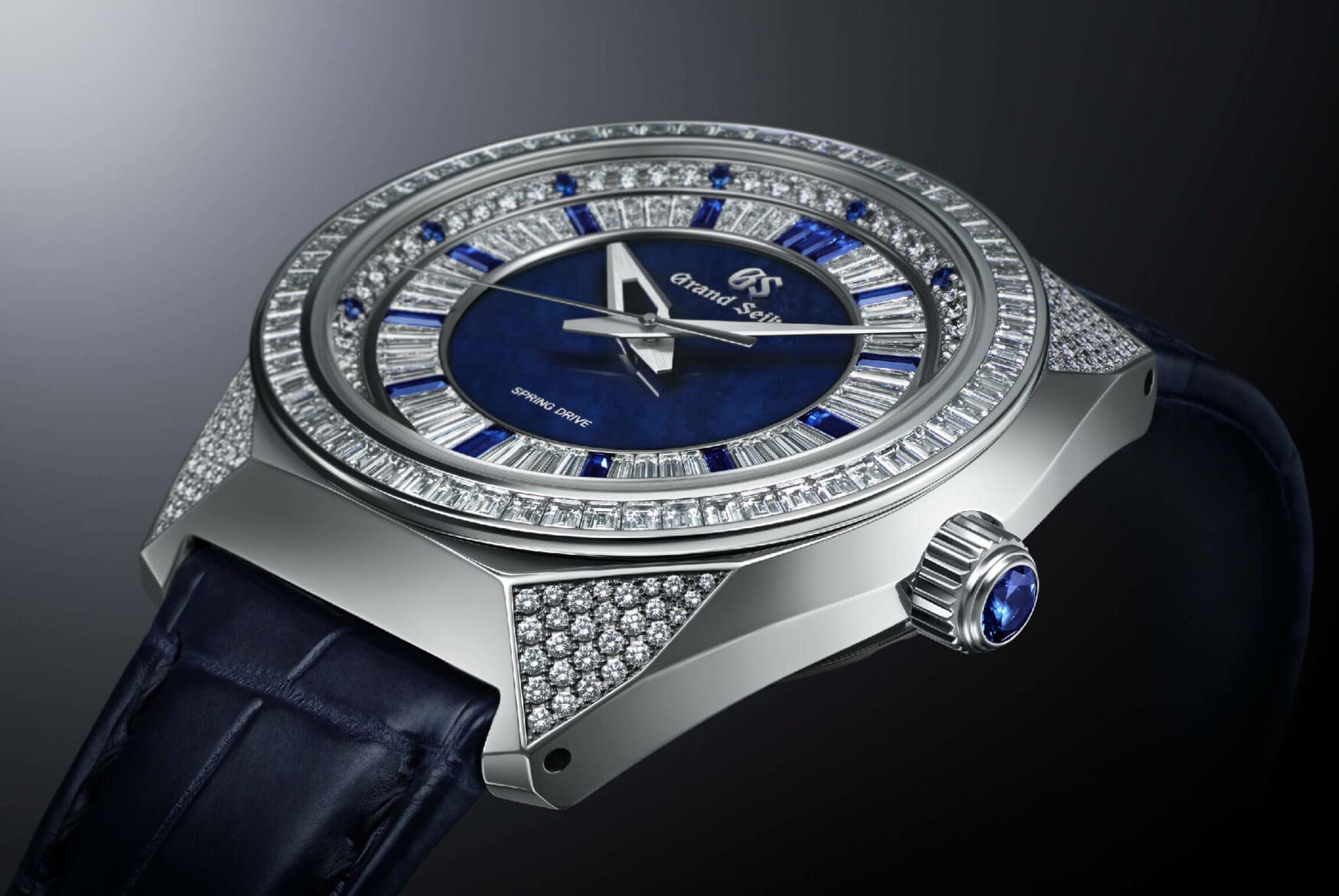How much are diamonds in watches worth?
Buffy AcaciaDiamonds. The word itself elicits a giddiness from most people, as dazzling connotations come flooding forward. From a fashion perspective, diamonds are glamorous, elegant, classy, and expensive-looking. From a more technical point of view, they’re equally fascinating as the world’s hardest natural material. And yet, whenever diamonds are lavishly set all over a watch case, people will rush in to say they look tacky, gaudy, and cheap. Preferences aside however, exactly how much money are the diamonds in watches worth?
Understanding the history of humanity’s relationship with diamonds is an important step in recognising their value, and how that has changed over time. Many diamond vendors love to quote the Roman naturalist Pliny the Elder, who wrote that “the greatest value among the objects of human property, not only among precious stones, is the diamond, for a long time known only to kings and even very few of these.” It’s an awe-inspiring quote from a book published around the year 77-79 AD, however he also goes on to say that diamond “overcomes and neutralises poisons, dispels delirium, and banishes groundless perturbations of the mind.” He also wrote that soaking the material in the blood of a male goat could allow it to be broken more easily. It’s unclear exactly what Pliny is referring to, as it was written about the six varieties of adamas, the word from which diamond is derived. It’s likely that at least one of the varieties he describes is actually known as diamond today, but the rough stones weren’t able to be properly cut and polished until about a thousand years later.
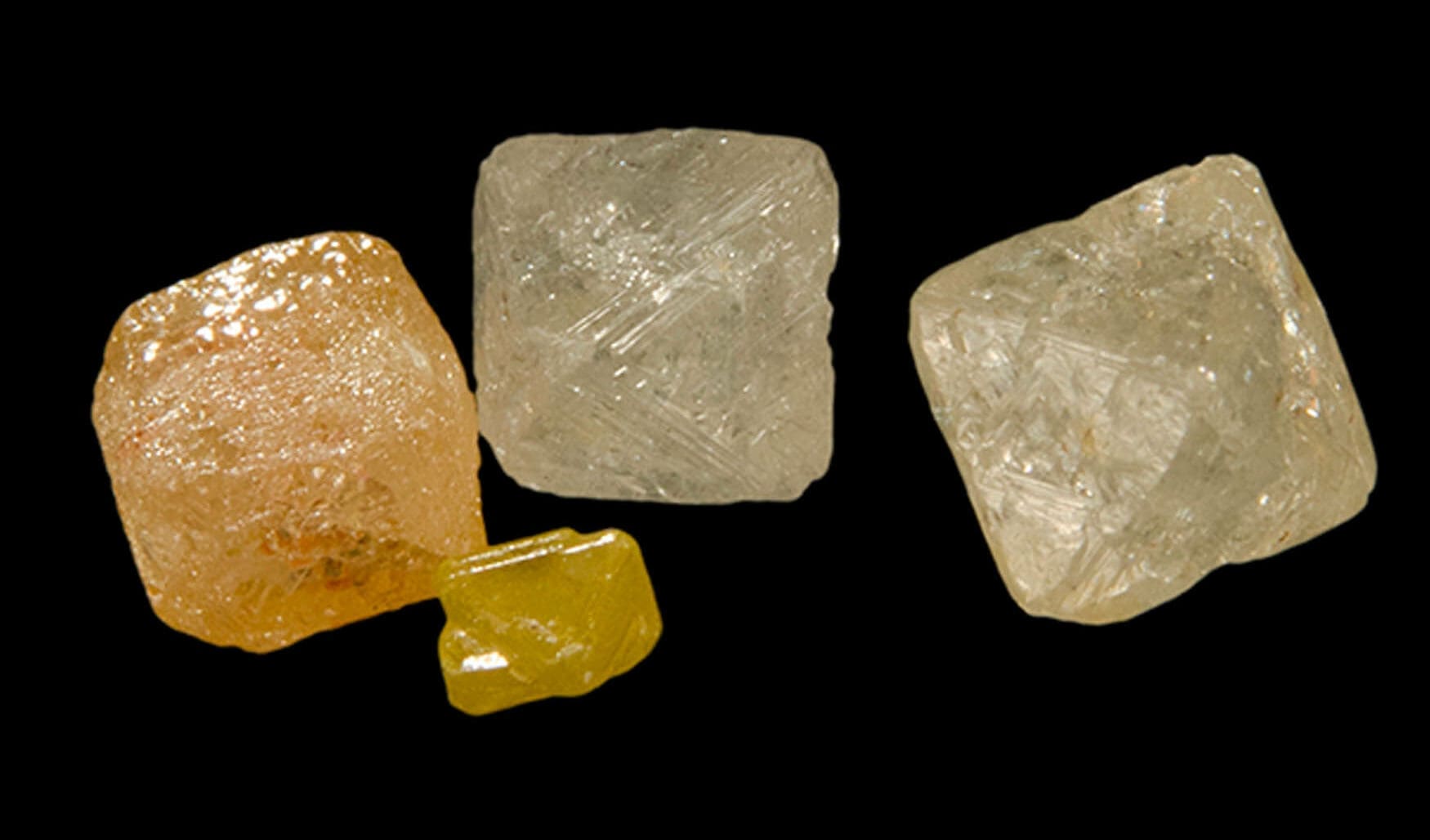
Up until the early 1700s, the diamonds which decorated Europe’s elite were mostly sourced from Indian river deposits. As they started to run low, there was a huge pivot to Brazilian diamonds. But, it wasn’t until the late 19th century that diamonds as we think of them today found their place. Remember, diamonds had been rare, difficult to work with, and therefore very valuable. This is the kind of mindset which has spanned the centuries. When plentiful diamonds were discovered in South Africa in 1869, everything changed. Given Britain’s control of South Africa, it didn’t take long for a monopoly to be formed. The De Beers company, founded in 1888, created an empire which has only begun to see improvement in the last two decades. They did whatever they could to maintain the demand and drive up the prices for their diamonds, of which they controlled nearly 90% of the world’s production until the 1980s. They even introduced the famous tagline “A Diamond is Forever” in 1947. It was only due to mounting global outrage over blood diamonds – those which had been mined and sold in war zones to fund conflicts – that De Beers gave up some of their monopoly in the year 2000.
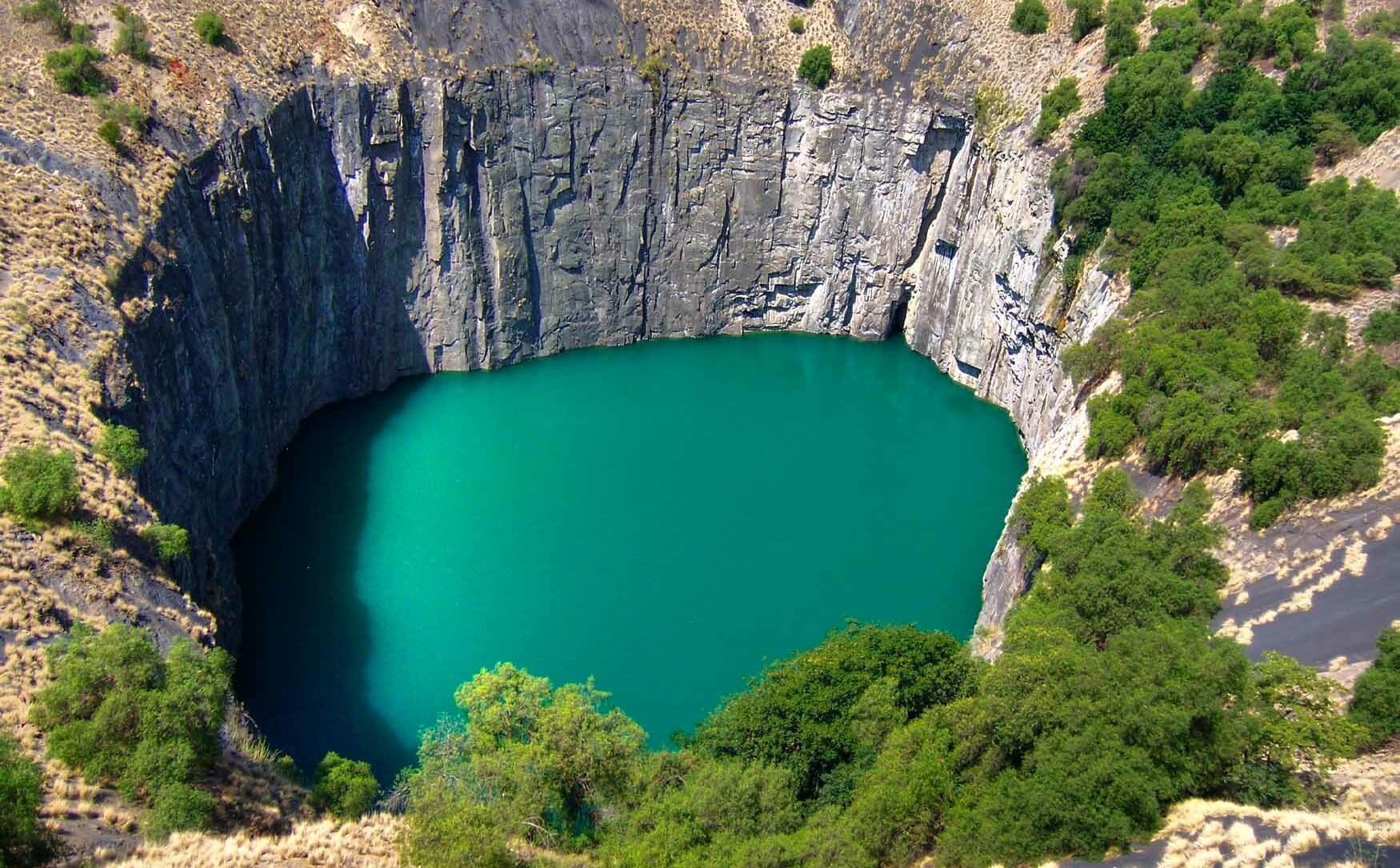
Now, this article isn’t intended to be an exposé on the atrocities of the diamond industry, as there are plenty of those. But, it’s necessary to learn so that we can understand that diamonds are no longer rare or inherently valuable. Diamonds, along with other gemstones, have their weight measured in carats. One carat is equal to 0.2 grams, and the average tiny diamond in a piece of jewellery is probably about 0.01-0.02 carats. Before the South African mines opened, less than a million carats were mined each year. In the 1920s, it had risen to three million. Now, with modern mining equipment and stone treatments, we’re pulling up 130 million carats per year. That’s enough to give a pretty nice diamond ring to everyone on the planet. In fact, there actually are more diamonds naturally mined than lab-grown these days, but not all diamonds are gem-quality. A lot of them get used for industrial purposes when their colour or clarity are too flawed, usually in cutting and grinding equipment.
We’ve established that diamonds are in abundance, but that doesn’t mean they’re worthless. If they were, we wouldn’t need to have lab-created alternatives, moissanite or cubic zirconia. Market manipulation and the power of marketing are still very much in effect, and it seems that there’s no rush to phase any of that out. Certain stones will retain value based on their carat, cut, colour and clarity, however those are not stones which will make it into a watch factory. The diamonds we see embedded into hour markers or set into cases are generally thought of as middle-of-the-road in quality, neither terrible nor overly valuable. They may throw off an incredibly alluring sparkle, but then again, most diamonds do. For the sake of argument, if you were to tear apart your watch for the 12 diamonds on the dial, you may be able to sell those online for about US$20-50. Even then, it will be hard to find a buyer. Most jewellers would much prefer to pay wholesale prices for certified diamonds in new condition than a random parcel from someone they don’t know. You also need to consider that not every watch brand will use naturally mined diamonds, and lab-created examples are practically worth nothing at all.
As with all watch parts, the companies who charge the most will be able to spend more on components. This is why you’re more likely to see valuable diamonds set into the bezel of a Cartier, rather than say, the hour markers of a Tissot. When you’re looking into the prices of individual diamonds, there are four main elements to consider. Those are the aforementioned carat, cut, colour and clarity, otherwise known as the “four Cs”. Clarity takes into account how pure a diamond is, and whether or not it has any other mineral inclusions which may have formed inside it. These are usually visible under magnification, and can interfere with its reflective properties if they’re too numerous. In terms of colour, the ideal diamond will be as colourless as possible. Most people wouldn’t be able to tell the difference between a colourless and a near yellow diamond with the naked eye, but it’s an important distinction for jewellers. Especially if your diamonds are set in white gold or platinum, you’re unlikely to want any golden tinges. Cut is how the diamond is shaped and polished, which in the vast majority of cases is going to be a brilliant-cut. With a total of 58 facets, it’s quite a complex shape which is designed to separate the light into various parts of the spectrum, and that’s what gives diamonds the “fire” they’re known for. Finally, there’s carat. Each of the previous three factors contributes to a price range, indicated in dollars per carat.
The modern industry standard for this calculation comes from the RapNet Diamond Index (RAPI), which is essentially an average derived from a trusted online marketplace for diamonds and gemstones. It’s a trade-only community and consumers aren’t generally allowed to see the wholesale prices, but by the time you’ve factored in the retail markups, a one-carat diamond can cost anywhere between US$1,000 on the extremely low end and US$17,000. However, as we’ve mentioned, there’s no shortage of diamonds. The price you pay for a new diamond is never going to be anywhere near what you could sell it for, especially if it’s been yanked out of a watch with no provenance or gemmological report.
So, if you’re thinking about stripping your watch for scrap value, it might not even be worth touching the diamonds. This reality also lends credit to the argument that icing out your watch through an aftermarket jeweller may actually lower its value, because you may be removing some of the case’s precious metal if it’s gold or platinum. That said, scrapping a watch is always going to be a last resort. Hopefully there will always be a buyer out there who’d want to take it for above the price of its components, or you can afford to take a loss to keep the watch intact.




